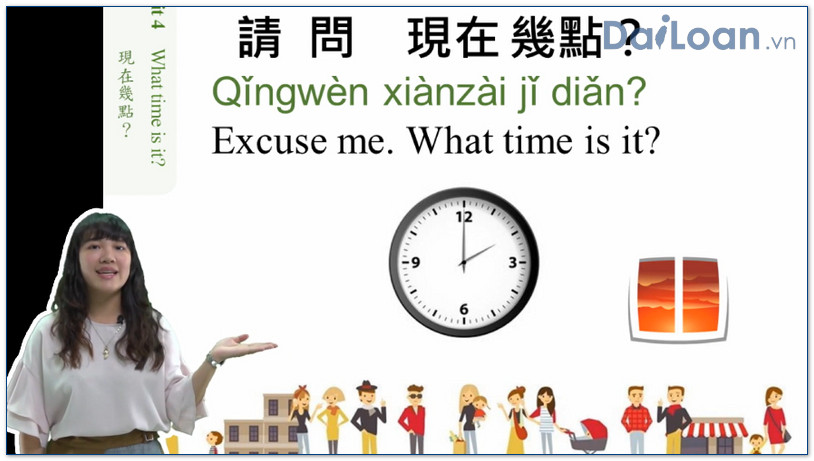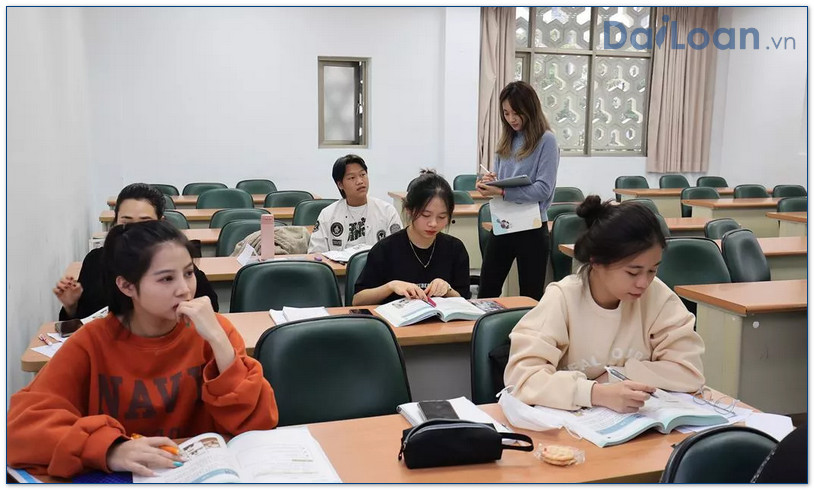In the fascinating world of Mandarin Chinese, words often carry nuanced meanings and grammatical structures that can enhance your fluency. One such term is 頂多 (dǐng duō), a phrase that is widely used yet often misunderstood. In this article, we will explore the meaning, grammatical structure, and provide example sentences to illustrate its usage. Let’s dive in!
What Does 頂多 (dǐng duō) Mean?
The phrase 頂多 (dǐng duō) is commonly translated to “at most” or “maximum” in English. It indicates the upper limit of a situation. When someone uses this term, they are expressing that a particular quantity or condition will not exceed a specified level.
Grammatical Structure of 頂多
Breaking down the phrase, we can understand its components:
1. 頂 (dǐng)
The character 頂 (dǐng) serves multiple meanings, including “top,” “tip,” or “to bear.” In this context, it conveys the idea of reaching the highest or outer limit.
2. 多 (duō)
The character 多 (duō) means “more” or “many.” When combined with 頂 (dǐng), it suggests a sense of greater numbers or limits.
Thus, together, 頂多 (dǐng duō) conveys the idea of “at most” or “not more than” something, effectively establishing an upper boundary.
Example Sentences Using 頂多
Now that we have a grasp on its meaning and structure, let’s look at some practical examples of how to use 頂多 (dǐng duō) in sentences:
1. 在這個地方,我們頂多可以容納二十個人。
Translation: “In this place, we can accommodate at most twenty people.”
2. 這部電影頂多一個小時的時長。
Translation: “This movie has a running time of at most one hour.”
3. 如果明天下雨,頂多我們會推遲一小時。
Translation: “If it rains tomorrow, at most we will postpone by one hour.”
4. 他每周頂多去健身房三次。
Translation: “He goes to the gym at most three times a week.”
5. 頂多我能幫助你一個星期。
Translation: “At most, I can help you for one week.”
Common Mistakes when Using 頂多
As with any phrase in a new language, it’s easy to make mistakes. Here are a few common pitfalls to avoid:
1. Using inappropriately where a higher quantity is suggested
Remember that 頂多 (dǐng duō) establishes a limit. Don’t use it in contexts where you mean to indicate that there are potentially more options available.
2. Confusing it with similar phrases
It is essential not to confuse 頂多 (dǐng duō) with other expressions like 最少 (zuì shǎo) (at least) or 不超過 (bù chāo guò) (no more than), as they have different implications.
Conclusion
Understanding the phrase 頂多 (dǐng duō) and its proper usage will undoubtedly enhance your Mandarin skills. As you practice incorporating this phrase into your conversations, you’ll find that it allows for more precise communication, especially when indicating limits. Remember, it’s not just about learning vocabulary but understanding the subtleties of a language that make you truly fluent!
We encourage you to use the example sentences provided and create your own. By doing so, you will solidify your understanding of 頂多 (dǐng duō) and add richness to your language capabilities.

Sứ mệnh của Chuyên là giúp đỡ và truyền cảm hứng cho các bạn trẻ Việt Nam sang Đài Loan học tập, sinh sống và làm việc. Là cầu nối để lan tỏa giá trị tinh hoa nguồn nhân lực Việt Nam đến với Đài Loan và trên toàn cầu.
CÓ THỂ BẠN QUAN TÂM
Du học Đài Loan
Lao Động Đài Loan
Việc Làm Đài Loan
Đơn Hàng Đài Loan
Visa Đài Loan
Du Lịch Đài Loan
Tiếng Đài Loan
KẾT NỐI VỚI CHUYÊN
Zalo: https://zalo.me/0936126566
Website: www.dailoan.vn




